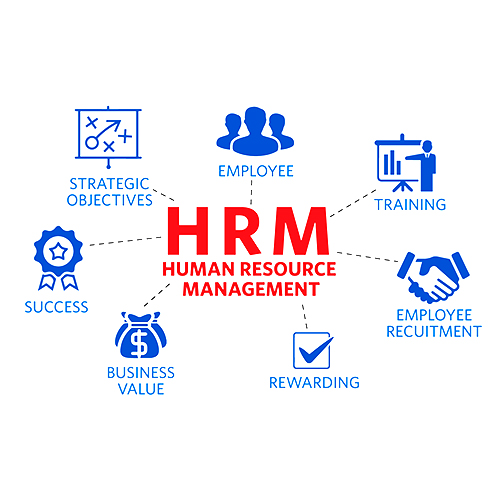 Human resource management
Human resource management
Programming & Tech
Human resource management software development
Product Info
HRM software development involves designing, developing, and deploying software that helps organizations manage their human resources effectively. This includes features such as employee data management, leave tracking, attendance management, performance evaluation, recruitment management, training, and reporting/analytics. The process includes gathering requirements, planning, coding, testing, deployment, user training, and ongoing maintenance. Customization or integration with existing solutions may be necessary. Data security and compliance with regulations are crucial considerations. The goal is to create a user-friendly, efficient, and scalable HRM solution tailored to the organization's needs.Description
-
Human Resource Management (HRM) software plays a crucial role in modern organizations, helping businesses manage their human resources effectively and efficiently. Developing HRM software involves several key steps, which I'll outline below.
-
Define Requirements: Start by understanding the specific needs and requirements of the organization. This involves conducting thorough discussions with stakeholders, HR professionals, and other relevant personnel to identify pain points, desired features, and goals for the software.
-
Design and Planning: Based on the gathered requirements, create a design and development plan for the HRM software. This plan should outline the system architecture, user interface, functionalities, and integration points with other existing systems (such as payroll or time-tracking software).
-
Development: Begin the actual development process by writing code, implementing the designed architecture, and creating the user interface. Depending on the complexity of the software, you may choose to develop it in-house or outsource the development to a software development company.
-
Feature Implementation: Start with core features such as employee data management, leave management, attendance tracking, and performance evaluation. Gradually add additional features like recruitment management, training and development, benefits administration, and reporting/analytics.
-
Testing: Perform rigorous testing to identify and fix any bugs, errors, or usability issues. This includes functional testing to ensure that the software meets the defined requirements, as well as compatibility testing across different devices and platforms.
-
Deployment and Integration: Once the software passes testing, it is ready for deployment. Install the HRM software on the appropriate servers or cloud infrastructure, and integrate it with other relevant systems such as payroll software, CRM systems, or ERP systems.
-
User Training: Provide comprehensive training to HR professionals and employees who will be using the software. This ensures that they understand the functionalities, workflows, and benefits of the HRM software, and can utilize it effectively.
-
Maintenance and Support: Regularly monitor the software for any issues or updates. Address bug fixes, security updates, and feature enhancements as needed. Provide ongoing technical support to users and ensure the software remains up-to-date with changing HR practices and regulations.
It's worth noting that there are many existing HRM software solutions available in the market, both as standalone systems and as modules within larger enterprise resource planning (ERP) systems. Depending on the specific needs of the organization, you can choose to build a custom HRM software solution or customize an existing solution to fit your requirements.
Remember to prioritize data security and privacy throughout the development process, especially when dealing with sensitive employee information. Compliance with applicable data protection regulations, such as the General Data Protection Regulation (GDPR) or the California Consumer Privacy Act (CCPA), is essential.
Overall, developing HRM software requires a deep understanding of HR processes, software development expertise, and close collaboration with stakeholders to create a solution that meets the unique needs of the organization.
-

